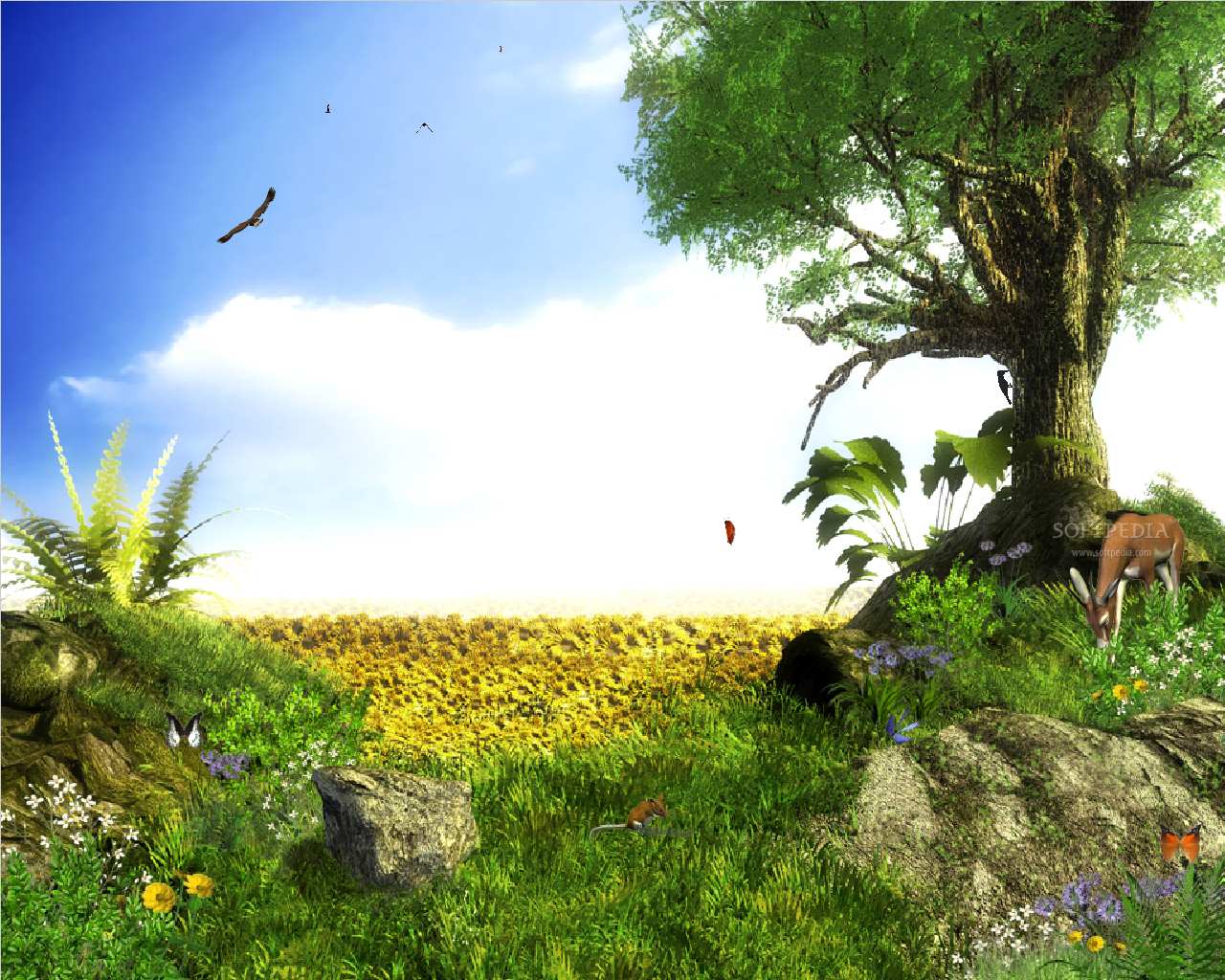

If the image is smaller than your computer resolution, you may have a solid color border around it.

Centering enables the user only to have one image set as their background instead of having it tiled. Center - Centers the image in the middle of the desktop.Below is a brief explanation of each of these settings. In the desktop or background properties window, a user can customize the layout of their image by selecting Center, Tile, or Stretch. How do I make a small image tiled or not tiled across the background? All other users need to change their desktop color through the Appearance tab. Windows XP users can change this color from the same window where they change their desktop. It is important to note that the background is a solid color when you change the background to None. Selecting this option disables any background image on the desktop. In the list of the available backgrounds, the first choice is None. All other Windows users should be able to set a. BMP image before it can be the background. If you have a different image format, you need to convert it to a. Windows 95 users can only set BMP images as their desktop background. Choose a fit for your desktop image - Select an option, like Fill, Fit, or Stretch, for how the slideshow pictures are displayed as the background.Let slideshow run even if I'm on battery power - Allow the slideshow to run when it's using battery power, or turn the slideshow off to conserve battery power.




 0 kommentar(er)
0 kommentar(er)
